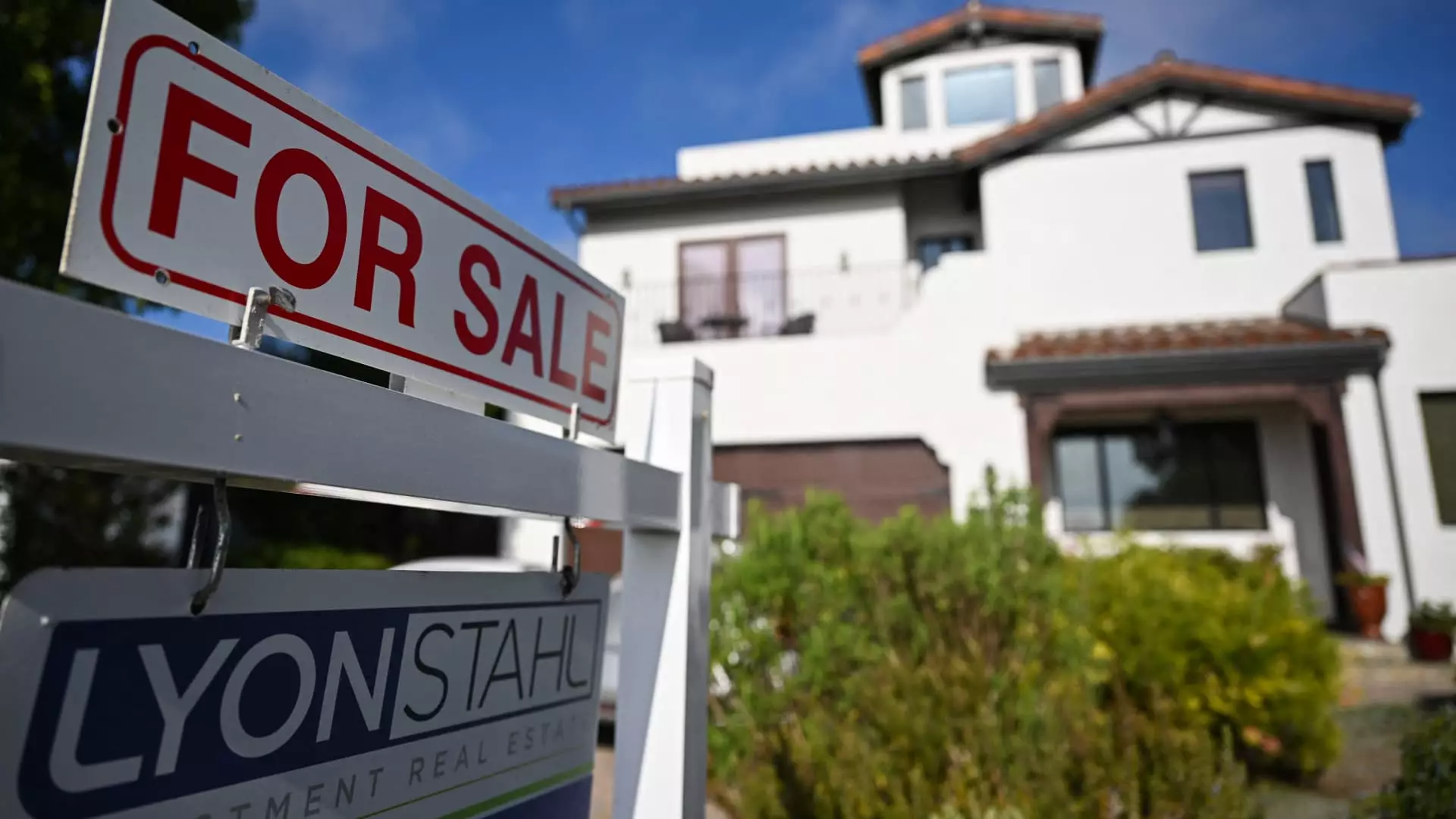The real estate market is currently experiencing a shift in dynamics, with the supply of homes for sale increasing rapidly. According to a report from Realtor.com, active listings in August rose by 36% compared to the previous year, marking the 10th consecutive month of annual growth. However, despite this surge in supply, it is important to note that inventory is still 26% lower than pre-pandemic levels in August 2019. This increase in supply can partially be attributed to homes staying on the market for longer periods, leading to more price cuts, moderating asking prices, and extended selling times.
While supply is on the rise across the board, some regions are experiencing more significant gains in inventory compared to others. Cities like Tampa, Florida, have seen their inventory increase by over 90% from the previous year. Similarly, San Diego (+80%), Miami (+72%), Seattle (+69%), and Denver (+67%) have all experienced substantial growth in available homes. Regionally, the South saw a 46% increase in active listings, followed by the West (35.7%), the Midwest (23.8%), and the Northeast (15.1%).
As the supply of homes continues to outpace demand, sellers are finding that their properties are taking longer to sell. In August, the typical home spent 53 days on the market, which is a week longer than the previous year and the slowest pace in five years. Economists predict that for every 5.5% increase in active listings year over year, the market slows by approximately one day. This increase in selling time can translate to up to 15-20 more days on the market in some markets compared to the previous year.
The increase in supply and longer selling times are beginning to have an impact on prices. The share of homes with price reductions rose to 19% in August, up 3 percentage points from the prior year. Additionally, the median list price decreased by 1.3% year over year. It is important to note that part of this price adjustment is due to the mix of homes on the market, with more smaller homes being listed. Despite these adjustments, prices are still considerably higher than they were in August 2019, with a 36% increase overall.
The real estate market is currently undergoing a period of significant change, with increasing supply, decreasing demand, longer selling times, and price adjustments. As sellers navigate this shifting landscape, it is crucial to stay informed about regional trends, market dynamics, and pricing strategies to make informed decisions in the buying and selling process.

